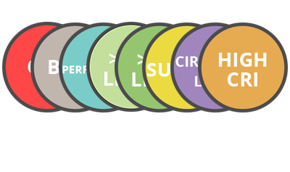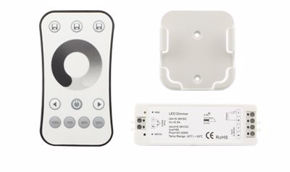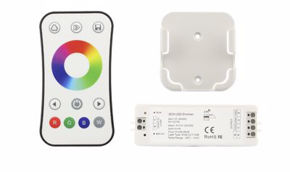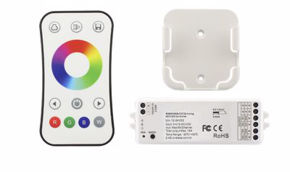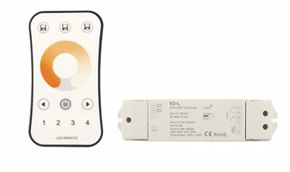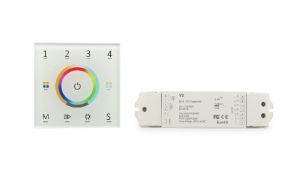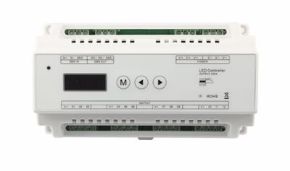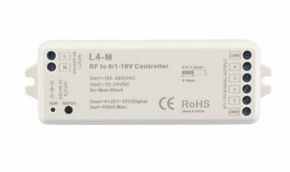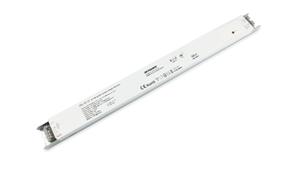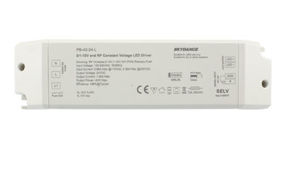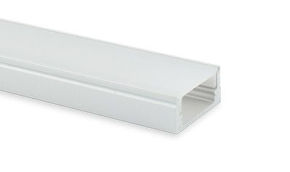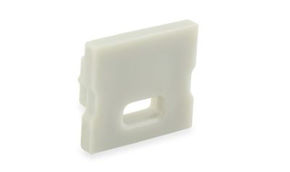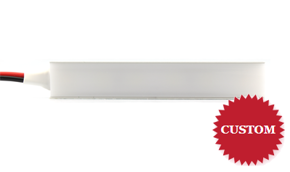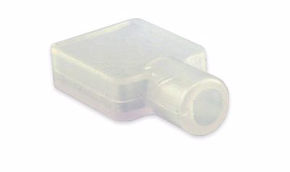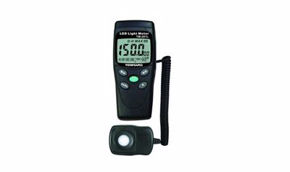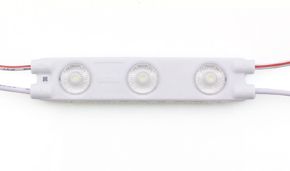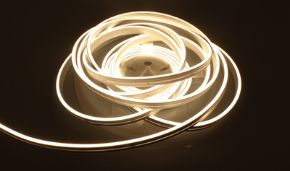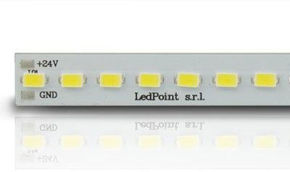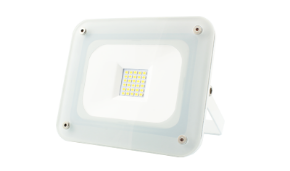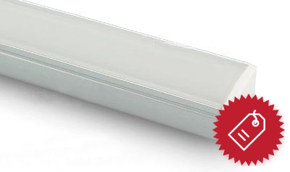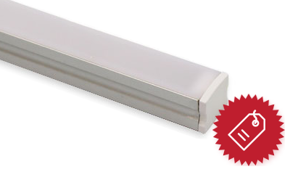Discovering the CRI
What is it and how is it calculated?
The color rendering index (CRI) is a measure designed to determine the ability of a light source to render the colors of illuminated objects naturally and true to life. It is based on comparing the light emitted by an x-source with the light emitted by a black body at the same temperature. It is calculated by considering eight plates of standard colors chosen by the International Commission on Illumination and comparing their chromatic appearances when illuminated by the source under examination and when illuminated by a sample source.The CRI is given by the arithmetic mean of the eight differences and varies in a span from 0 to 100. The higher the score, the better the color rendering of the source and the more faithful the color rendering.
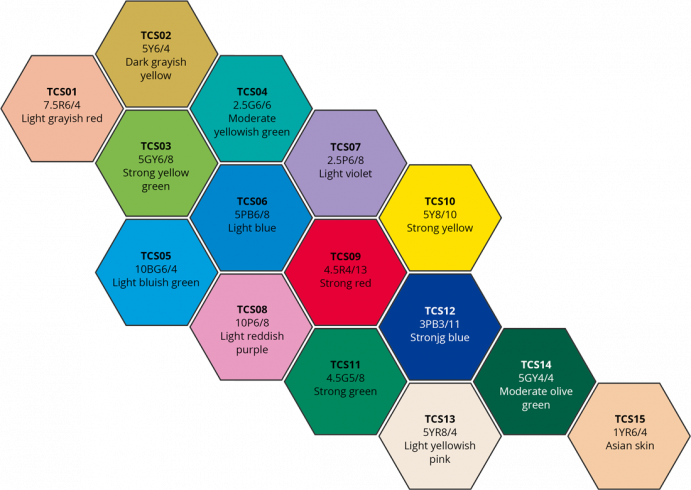
Let's look at a practical example.
Natural light and artificial light embrace the entire spectrum of visible colors. To the human eye, the color of sunlight appears white, but the color of an object illuminated by it depends on the reflected wavelengths. A lemon appears yellow to us because it absorbs all the colors of the spectrum except yellow, which is reflected.
Of course, the yellow hue of the lemon will not appear identical if the fruit is exposed to sunlight or to an LED light, even if the two light sources have the same white temperature. This is because the spectrum composition of LED light is inevitably different from that of natural light, even though they are both 5000K white.
What is the difference between CRI and RA?
The CRI is based on the average color rendering of 15 standard colors, while the RA considers only the first 8 unsaturated colors. In this sense, CRI stands as the most comprehensive and accurate index ever in the field of color rendering study. An LED lamp with a Ra of 90 is considered to have very good color rendering; an LED lamp with a CRI of 90 is considered to have excellent color rendering.
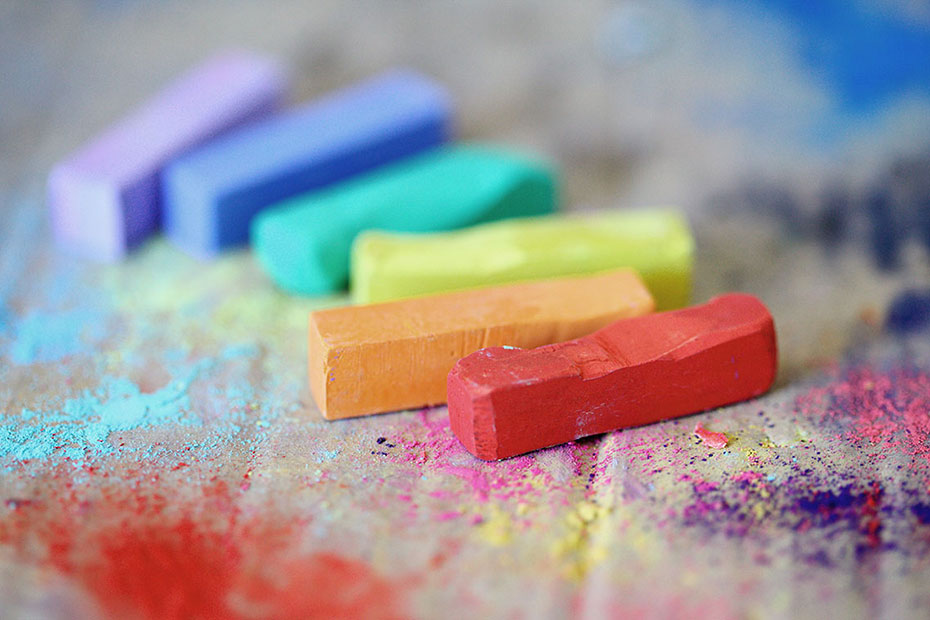
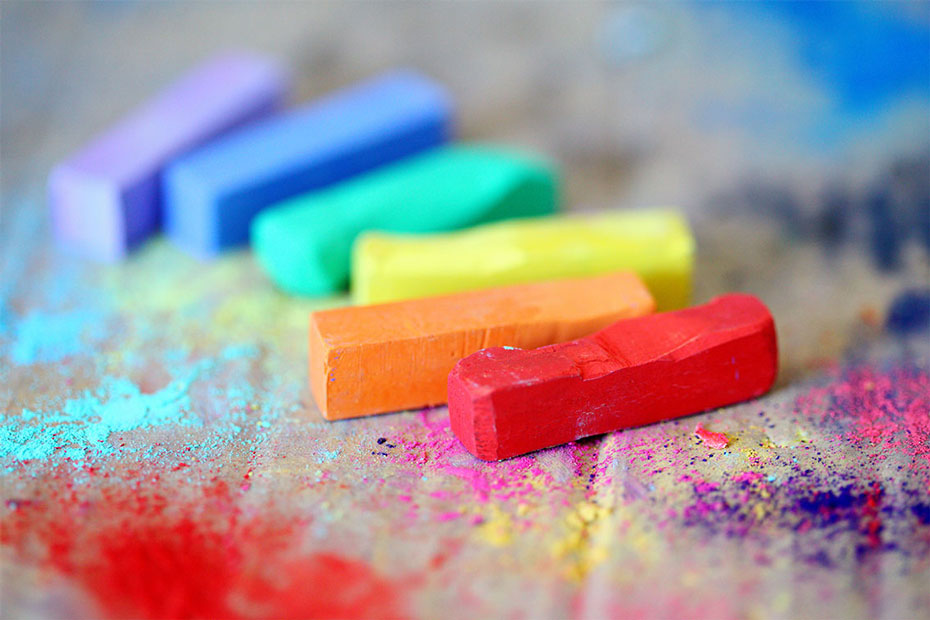
Different uses for different values
UNI 10380 divides the set of possible color rendering index values into five groups according to the degree and rating of color rendering:
- 1A: Ra >= 90,
- 1B: Ra between 80 and 90
- 2: Ra between 60 and 80
- 3: Ra between 40 and 60
- 4: Ra between 20 and 40
The standard also defines the minimum standard for different areas of use, based on the color rendering group:
- A) museums, graphic design studios, hospitals, medical offices and in general applications where color rendering is a key point in the performance of activities.
B) homes, offices, schools, stores, gyms, theaters, textile industries. - passageways, stairways, corridors.
- industrial interiors, warehouses, workshops.
- parking lots, docks, construction sites.
What is the purpose of CRI R9?
CRI R9 is a parameter that indicates how faithfully vibrant red tones are rendered in sunlight. Many objects and applications require good rendering of red colors, such as film, video production, medical lighting, art, etc. If a light source has a deficiency of red in the spectrum, R9 value will be low and red colors will appear faded or altered. For this reason, it is advisable to check the R9 value of a light source in addition to the Ra value if optimum color rendering is to be achieved.












